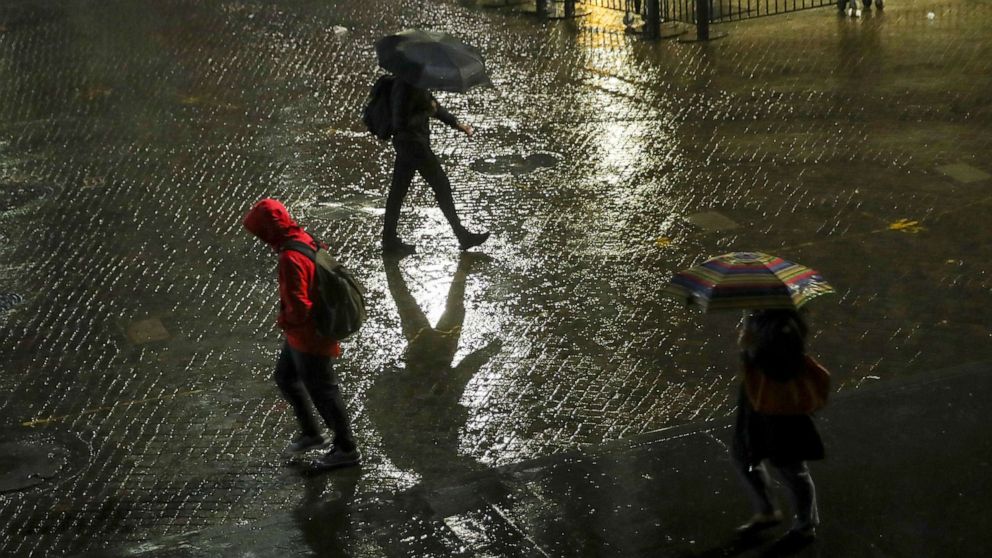[ad_1]
As a powerful nor’easter wreaked havoc in New England overnight, it underwent what’s known as bombogenesis or “bombing out.”
Interested in Weather?
Add Weather as an interest to stay up to date on the latest Weather news, video, and analysis from ABC News.
Bombogenesis — or a “bomb cyclone” — occurs when the pressure of a storm drops 24 millibars in 24 hours, or at the rate of 1 millibar per hour. A millibar is a measure of atmospheric pressure inside a storm, telling meteorologists how strong or weak the storm system is.
It usually happens when a storm system moves over the warm waters of the western Atlantic Ocean and the Gulf Stream at the same time that Arctic air moves in from behind.
The difference between the two air masses helps to strengthen the storm system, creating what’s known as bombogenesis.
As a storm system moves over the Gulf Stream off the East Coast, it picks up all the available moisture and dumps it in the form of snow if there is enough cold air in place.
The lower the storm’s pressure, the stronger the winds are around the storm.
As this nor’easter hammered the New England coast Wednesday night, the pounding wind gusts reached 90 mph on Cape Cod in Provincetown and 70 mph in Boston.
[ad_2]
Source link

